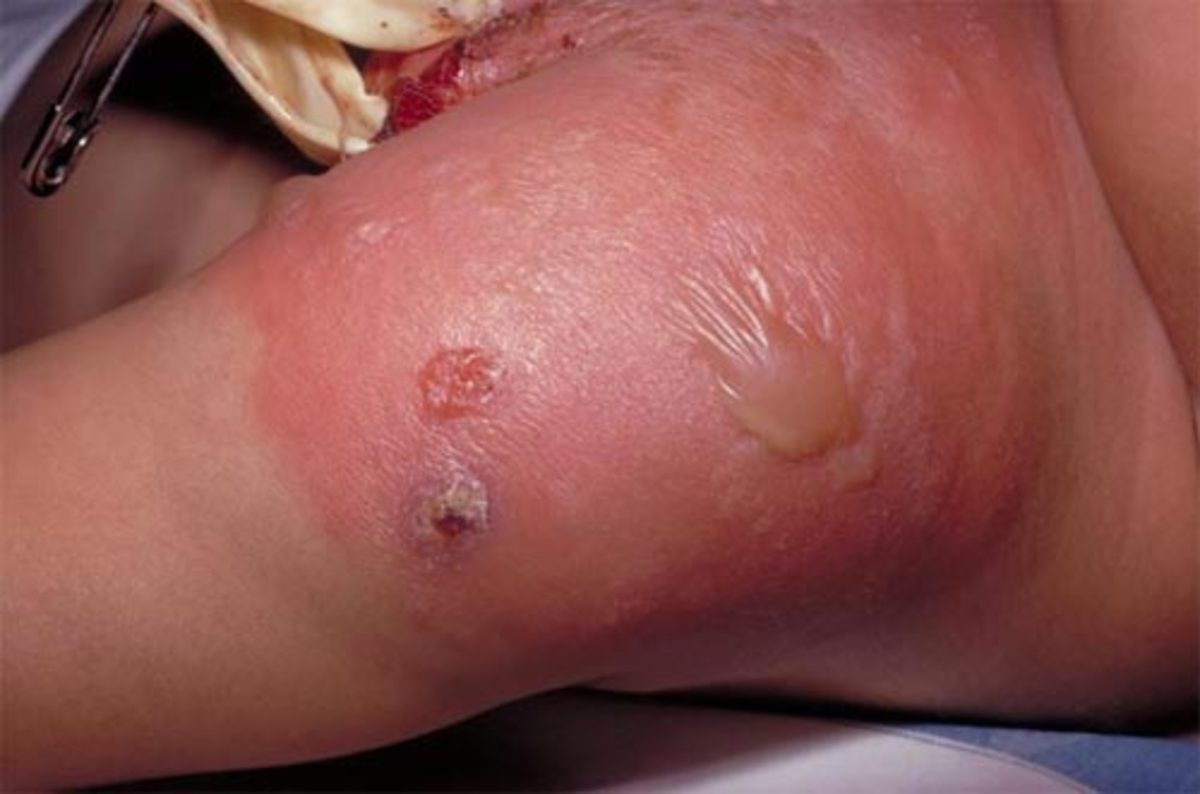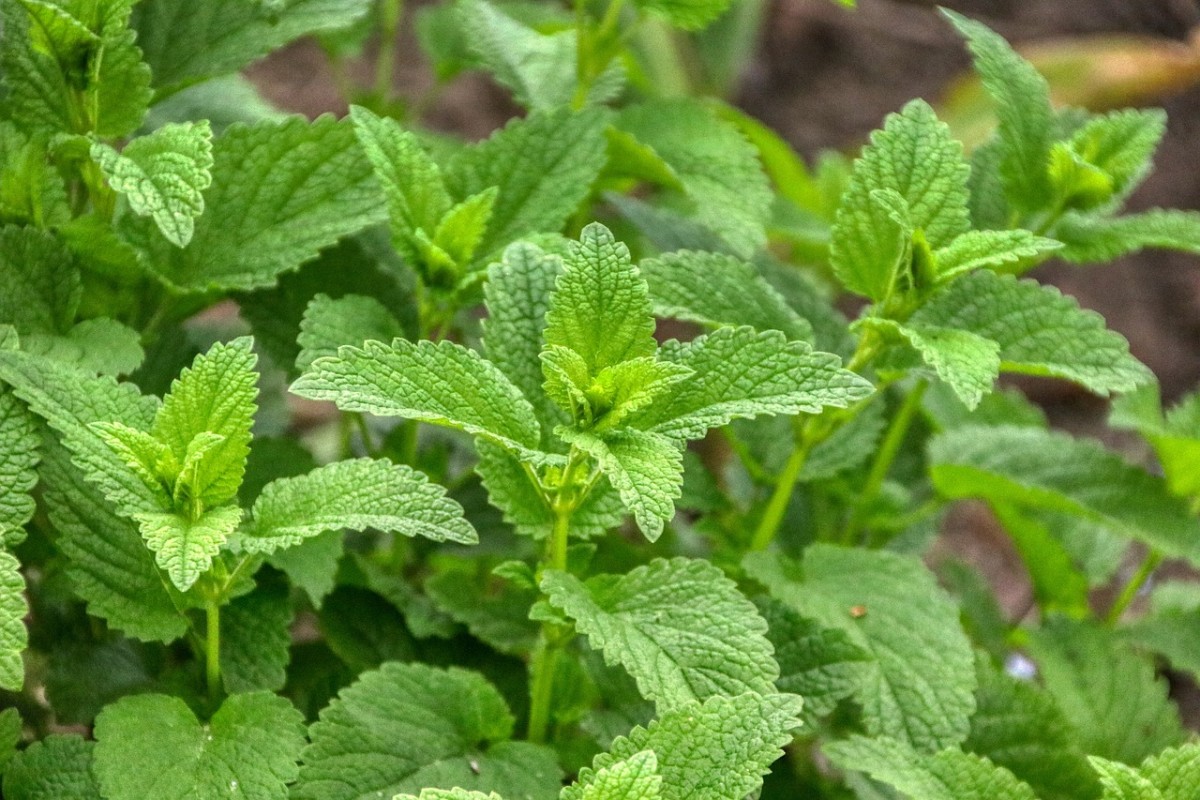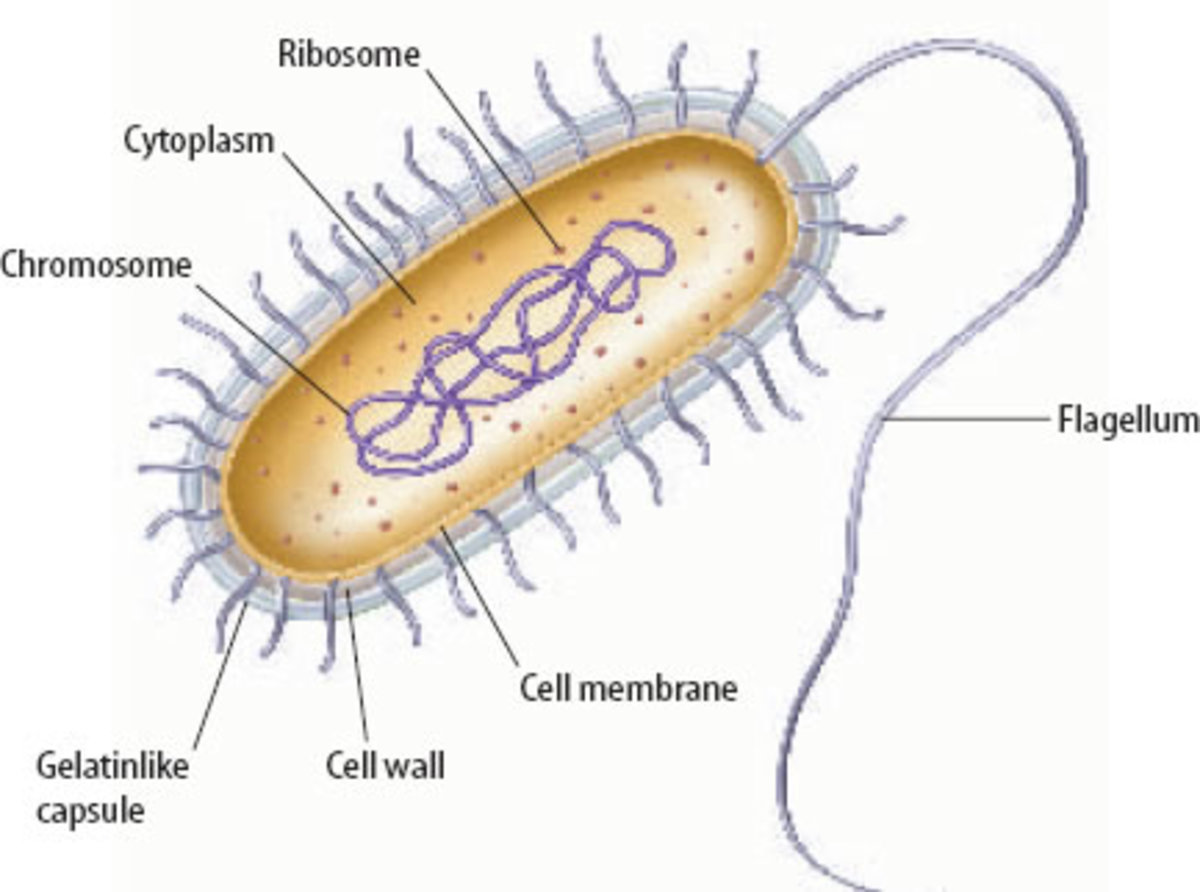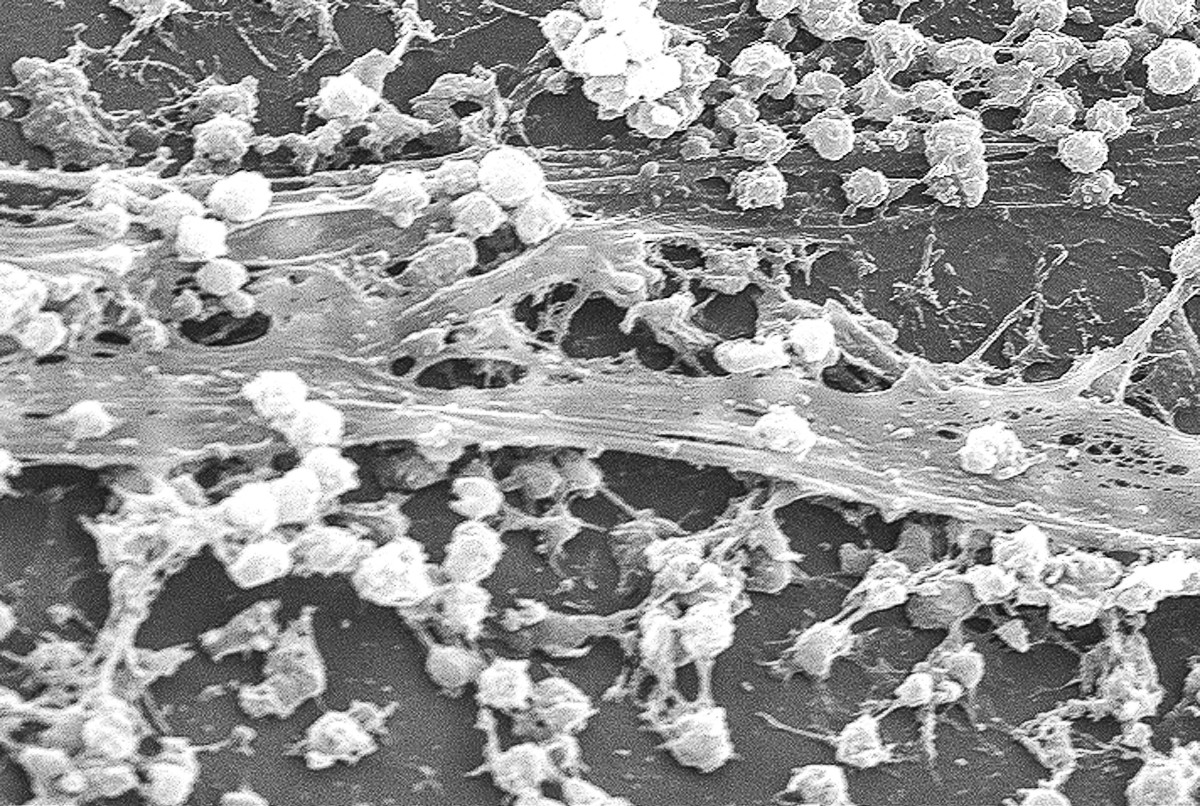An Investigation into the Antimicrobial Effects of Different Items
Introduction
It is important to find substances with anti-staphylococcal properties because it is the most common species of staphylococcus to cause Staph infections. These infections account for a wide range of symptoms-from pimples to pneumonia. However, today a big concern is the Methicillin-Resistant Staphylococcus aureus (MRSA) which is resistant to most antibiotics (Patient.co.uk, 2012). To cure it, sometimes patients need to be on very high doses of antibiotics or over a long period of time. Therefore if a new substance was found which was able to eliminate staphylococcus aureus, it would greatly improve lives and help stop the spread of this terrifying strain of super-bugs (BBC, 2012).
Aim
The aim of the experiment was to test if products that claim to be anti-bacterial are actually able to kill all bacteria e.g. staphylococcus aureus. This can be done by comparing the action of these products to that of penicillin and a control. If the claims are true, there should be a zone of inhibition around both the test plate and the penicillin plate which should be of roughly the same diameter. The control should have an even growth of S. aureus everywhere on the plate and if it does not, experimental error is probable.
Methodology
Firstly, light the Bunsen burner by turning the gas on while striking a match.
Take three sterile petri dishes and label them with the initials of the scientist, the date and the organisms which will be used. Each petri dish should have a bottle of molten nutrient agar poured into it and then be given enough time to set.
When the petri dishes are dry, pipette 500µl of S. aureus culture onto each plate, using the 100-1000µl pipette. Spread the culture evenly over the plate using the flat end of a sterile plastic spreader Allow five minutes for it to dry and properly soak in to the surface while the spreader is discarded in disinfectant
When it is dry, flame the borer and make a well in the centre of each plate. Use a needle to remove the plug of agar and then place it into the disinfectant.
In one of the plates, pipette some penicillin solution into the well until it is full.
In another plate, pipette in the test substance (which claims to be antibacterial) until the well is filled. In the specific case of this investigation, the product ‘Cif’ was used. If the test substance is a solution, put it into a sterile syringe. Then tip it upside down to remove any air. Then, allow it to drip through a filter into a vial to remove any extraneous organisms.
Leave the well of the third plate empty, as a control.
Place all the plates into incubation at 37°c,
After incubation, examine and measure any zones of inhibition surrounding the well, while also observing who even the growth has been and if the plates are free of contaminants.
Table 1 Effectiveness of Substances of Killing Bacteria
The Control Plate
| Test Substance ‘Cif’
| Penicillin
| |
|---|---|---|---|
Zone of Inhibition (average of diameters/cm)
| 0
| 0.1
| 4.8
|
As shown by Table 1, it was found that the control plate was ineffective at killing bacteria, the test substance was better but Penicillin was the most effective.
It was found that growth was fairly even on all plates however not always at the edge because of issues with using the spreader flush to the circular edge. This could be improved by using a more specialist-designed piece of equipment.
The bacterial growth was of the same colour and so was free of contaminants, due to aseptic technique.
Discussion, Conclusion and Further Work
The results mean that the test product ‘Cif’ was not as effective as killing bacteria as Penicillin. Therefore although the product’s claim of being anti-bacterial is true, it is not true over a large area and other products may exist which are more effective. To improve the experiment, the test would need to be replicated many times to be certain of exactly how effective the product is. In addition to this, further work could include testing other antibacterial products and seeing how effective they are in comparison to ‘Cif’.
Since the control showed no zone of inhibition, it showed that the experimental conditions had no issues. Therefore, this includes the reliability of the results.
An idea for future work could be to investigate the conditions at which the anti-bacterial products work best in. For example, at what temperature are they most and least effective at?
Bibliography
Books
Layman (2003), Biology Demystified, McGraw-Hill Companies.
Oxford Dictionary of Biology (2008), Sixth Edition, Oxford University Press.
Purves et al. (2004), Life the Science of Biology, Seventh Edition.
Staley et al (2007), Microbial Life, 2nd edition.
Journals
Foster (2004), The Staphylococcus aureus “superbug”, The Journal of Clinical Investigation.
Ganesh et al (2012), A Structural Model of the Staphylococcus aureus ClfA–Fibrinogen Interaction Opens New Avenues for the Design of Anti-Staphylococcal Therapeutics, PLOS Pathogens.
Websites
BBC (2012), MRSA, http://www.bbc.co.uk/health/physical_health/conditions/mrsa.shtml.
Patient.co.uk (2012), S. aureus and MRSA, http://www.patient.co.uk/health/MRSA.htm.








